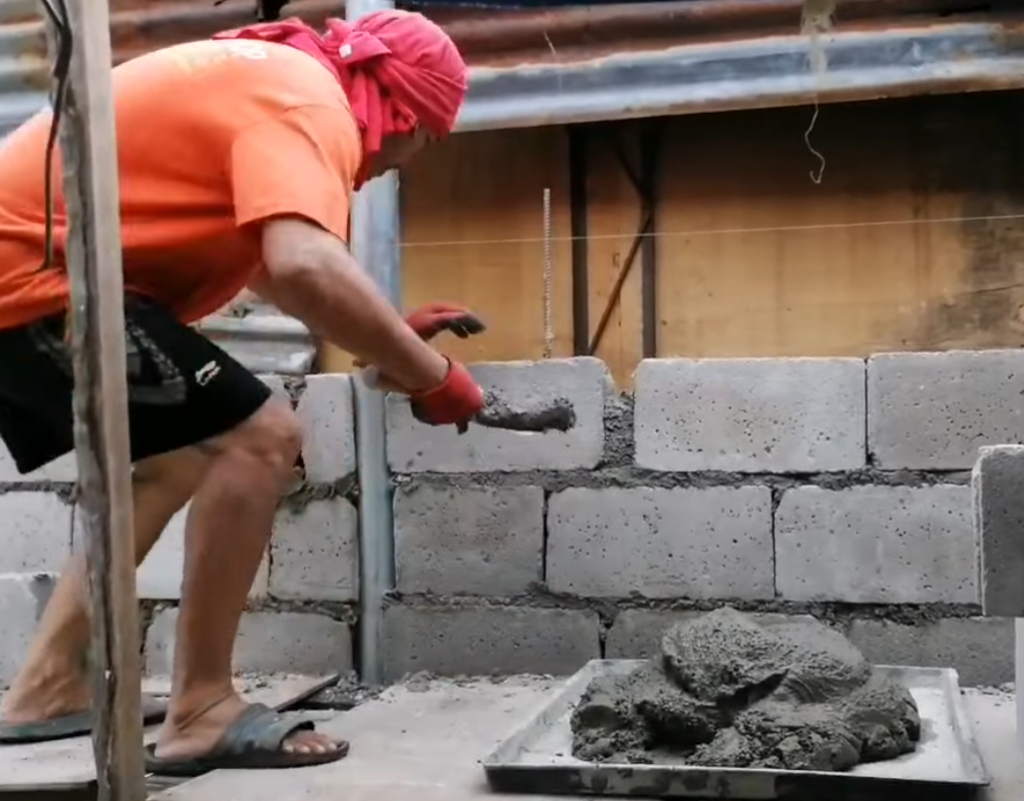In the tapestry of basic human rights, access to clean water stands as a fundamental thread, weaving health, dignity, and prosperity together. Yet, for many laborers, this thread often frays, leaving them grappling with the challenge of securing safe water sources.
Step 1 – Select your Group of Recipients and Target Area(s)
- Select recipients that you feel will appreciate your gesture a lot. Also consider factors such as the population density, water scarcity, and socio-economic conditions.
- Engage with local communities to better understand their needs and prioritize areas with the most significant water-related challenges.
Step 2 – Select the Number and Type of Items you want to give away
- Determine the quantity and type of items needed for clean water distribution. This may include water purification tablets, water filters, or even portable water containers.
- Assess the local conditions and preferences to ensure that the items chosen are suitable for the recipients and their environment.
Step 3 – Plan a Setup and Flow of Distribution
- There are two parts of the distribution: Transportation and Handover
- Transportation: Do you want to use a vehicle? Can you do it alone or do you need help? Can you load everything at once or need to go back inbetween to load more items?
- Handover: How will you find the recipient? How will you approach him/her? Will you say something before or afterwards?
- Create a user-friendly system that ensures a smooth and efficient distribution process for both organizers and recipients.
- If you have to record the handover, don’t hold the camera straight into your recipients face or even ask them to pose. Recipients will not feel good about receiving your gift if they are just used for your video.
Step 4 – Buy and prepare all Materials required for your Plan
- Ensure that the selected items meet quality standards and are safe for use. Collaborate with local suppliers and businesses to support the community and boost the local economy.
- Consider adding a thoughtful touch by including personalized messages to the laborers. This can be in the form of encouraging notes, information on water conservation practices, or messages promoting community health and well-being.
Step 5 – Organize help for Distribution if necessary
- Depending on the scale of your initiative, organizing help for distribution may be necessary. Recruit volunteers from the local community or partner with non-profit organizations and charities to ensure a well-coordinated effort
- Consider hiring local drivers or errand-runners if you get short-handed
- Make sure the vehicle is able to support the total size and weight
Step 6 – Do the Distribution
- If your plan was detailed enough, most will work as planned
- Prepare some more time than you think for unexpected situations (traffic, not finding enough recipients right away, etc.)
- Be flexible in case something goes wrong to at least make the best out of it for yourself and the recipients. It’s the thought that counts and many people will appreciate that already.
- Don’t set your expectations for reactions too high. Some people can be happy even without freaking out


